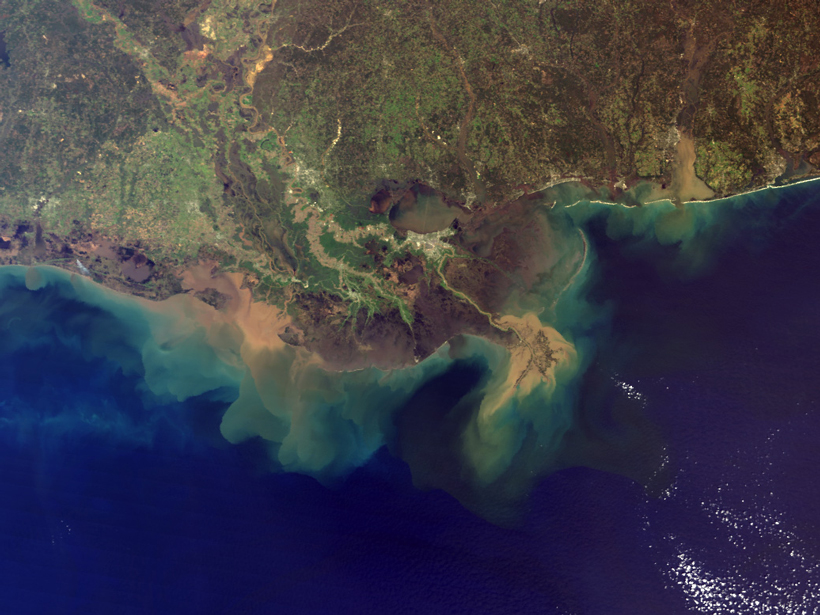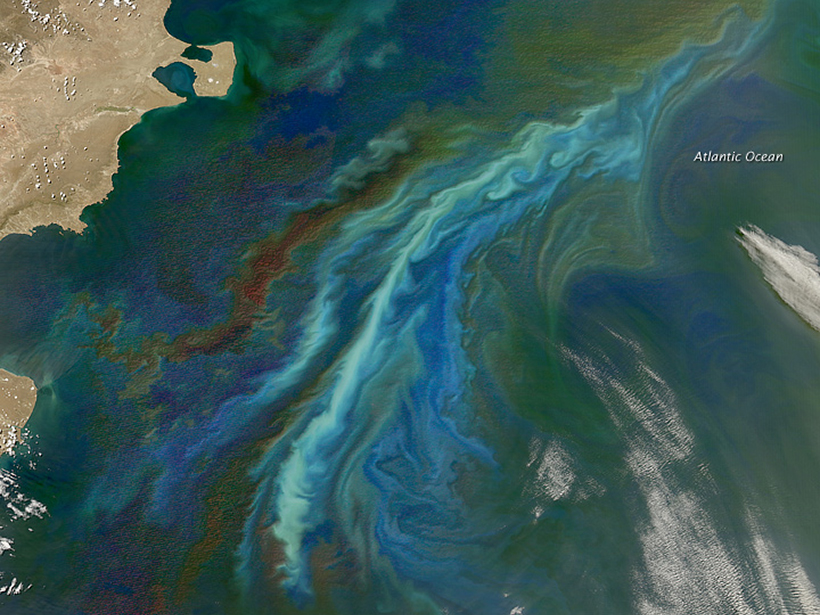Results of the first geographically based estimates of river nutrient supply indicate that 75% of dissolved nitrogen and 80% of phosphorus reach the open ocean.
nitrogen
New Way to Gauge Lightning's Role in Ozone Formation
Comparing satellite data on a key airborne ozone precursor to readings from a lightning sensor network reveals how much different types of lightning strokes affect atmospheric ozone chemistry.
Bat Guano: A Possible New Source for Paleoclimate Reconstructions
Nitrogen isotopes within samples of bat excrement accurately reflect modern precipitation patterns. So could guano serve as a paleoclimate record?
A New Mechanism for Nitrogen Cycling in the Southern Ocean
A nitrite-oxidizing enzyme may work in reverse for some microbes in the Antarctic autumn.
Arctic Survey Hunts for Missing Nitrogen and Phosphorus
A new survey of ocean waters flowing in and out of the Arctic may shed light on how dissolved organic nitrogen and phosphorus contribute to nutrient cycling in the Arctic.
Nitrogen Garners Starring Role in Refined Earth System Model
Scientists create a more realistic representation of plant nitrogen uptake and usage to improve global climate simulations.
Drifting Floats Reveal Nitrate Patterns in Mediterranean Sea
Next-generation autonomous platforms allow scientists to understand physical mechanisms that control nitrate availability in the Mediterranean surface water.
Human Activities Account for Less Than a Third of Ocean Nitrogen
Researchers found that humans contribute far less nitrogen to the open ocean than previously thought.
Reservoirs Act as a Source for Greenhouse Gases
Scientists examine nitrous oxide production in aquatic environments and the conditions that drive it.
Cave-Dwelling "Slime Curtains" Cycle Nitrogen and Iron
In a cave accessible only by daredevil divers, extraordinary microbial colonies metabolize nitrogen and iron nutrients and possibly remove pollutants from water.









